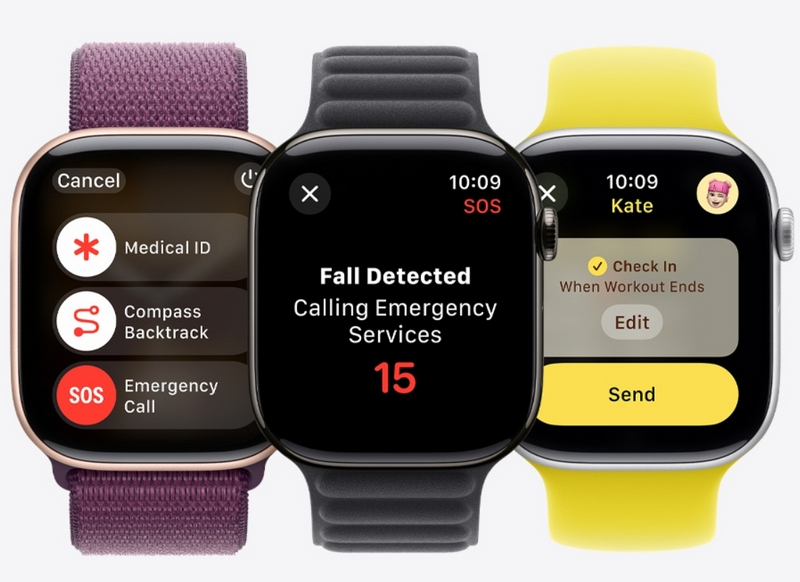The US Food and Drug Administration (FDA) has approved sleep apnea detection for Apple smartwatches. This means the feature will be available to Apple Watch Series 9, Series 10 and Ultra 2 owners in the US later this month. Availability of the feature in other regions has not yet been announced.

Image Source: Apple
Sleep apnea is a disorder in which pulmonary ventilation periodically stops during sleep. According to the American Medical Association, more than 30 million people in the United States suffer from this disease, but only 6 million Americans have been diagnosed. If this type of apnea is not treated promptly, a person may face more serious problems, including heart disease, hypertension and type 2 diabetes.
«We’re excited about the impact this feature can have on the millions of people living with undiagnosed sleep apnea,” said Dr. Sumbul Desai, Apple’s vice president of Health Features.
The sleep apnea detection feature marks Apple’s latest attempt to position its wearables as a more affordable and simpler alternative to existing medical tests and devices. In this regard, the sleep disorder market could be very profitable for the company.
For example, in the United States, to be screened for sleep apnea, patients undergo testing at home or in a hospital where they are monitored overnight. Depending on the patient’s insurance, the average hospital screening in 2022 cost $3,000. Home inspections are cheaper, but they also usually cost hundreds of dollars. Against this backdrop, the latest Apple Watch Series 10 smartwatch for $399 may prove to be an attractive alternative.
Apple’s sleep apnea detection feature “has the potential to be a game-changer,” according to Dr. David Kuhlamann, who has worked in sleep disorders for nearly two decades and serves on the board of directors of the American Academy of Sleep Medicine. He believes many people will be surprised to discover signs of sleep apnea using Apple smartwatches. However, he noted that users should treat this information with caution, since the data provided by wearable electronics may be erroneous. Insurance companies are unlikely to start paying customers based solely on smartwatch readings, so users will likely still need to see doctors to confirm a diagnosis.